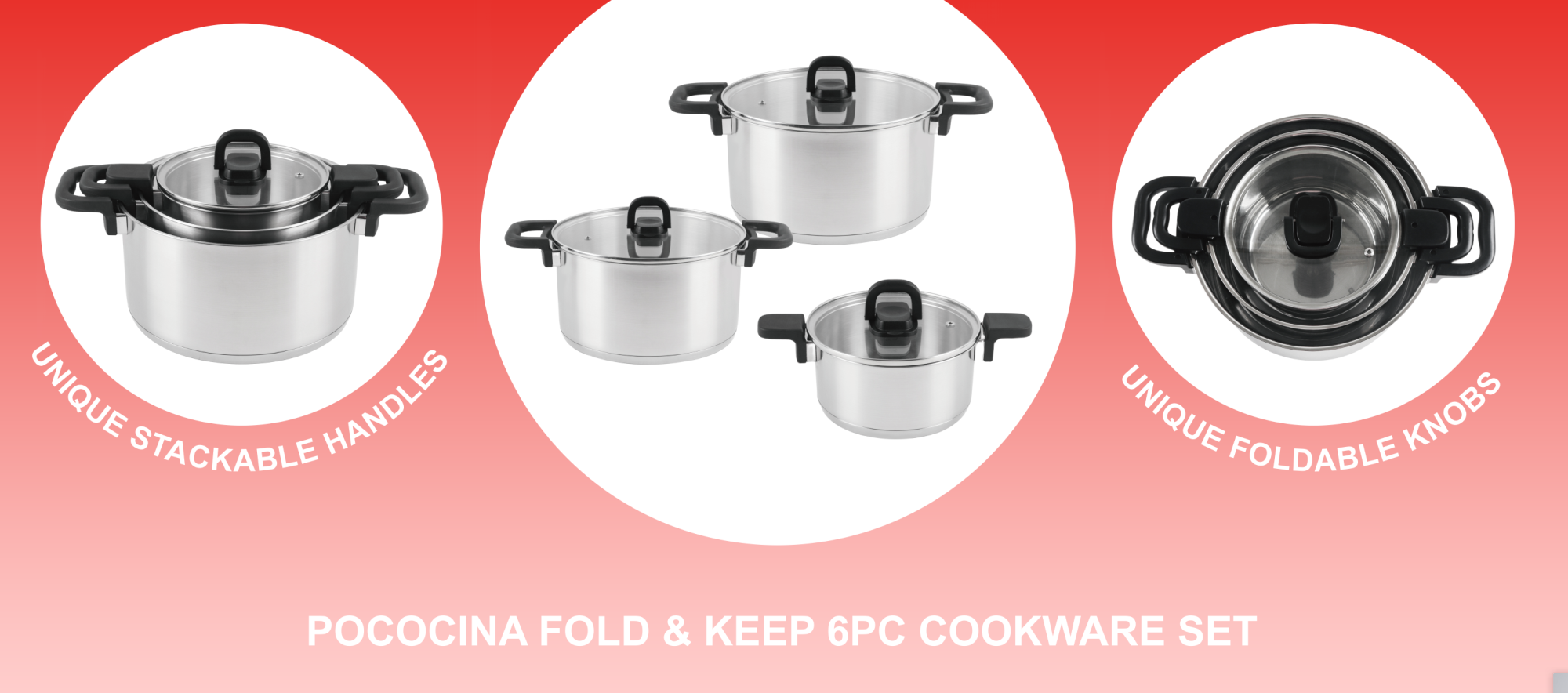Email us at Hailey@topkitchen.cn or Call us today at +86-158 1491 0345
To learn how we can help you with your kitchenware and cookware needs.

Stainless steel has several properties that make it by far the best choice for kitchenware: Corrosion resistant, Temperature resistant, Easy to clean, Durable, Hygienic material, Neutral in food contact.The cookware of choice for most cooks is stainless steel. It is easy to clean and requires little maintenance. You also don't need to worry about the metal reacting with food. Pure stainless-steel cookware does not conduct heat very well, however. It tends to develop hotspots. For that reason, it is important to get "encapsulated" stainless steel cookware. That means the bottom of the pan includes a layer of copper or aluminum to ensure even heat distribution.
Another benefit of stainless steel is its resistance to rust, stains and corrosion. It is also dishwasher safe, though hand washing will help it keep its luster better. Overheated stainless steel cookware sometimes develops a rainbow-like discoloration that can be removed with stainless steel cleaner.
It goes without saying due to the desired characteristics of stainless steel, Stainless Steel Cookware Sets is very suitable for cookware use. Not only is it very strong, rust- and corrosion- resistant but easy to care for, which thereby makes it easy for you. After cooking with the pieces, if you prefer, you can also dump everything into the dishwasher, as the durability of the stainless steel makes it able to withstand the water pressure and washing cycles of the machine.
Accordingly, it is also in this durability that makes the stainless-steel cookware able to tolerate high levels of heat. Unlike nonstick cookware which you are required to use it safely, under 500 degrees Fahrenheit, you can otherwise cook over high heat with this cookware, without damaging the pieces. Cooking over high heat in particular is great for getting a good sear on meats; therefore, if you do this often along with stir-frying and pan-frying, then this material type will be perfect for you.
We often see "18/10" describing stainless steel cookware. What does that mean?
Stainless steel is actually a combination of metals. Most of the stainless steel used in cookware and flatware is composed of 18 % chromium and 10 % nickel. The more nickel it has, the more resistant to corrosion it is. Some stainless-steel cookware is 18/8 or 18/0. This is less expensive, but over time will probably not hold up as well as 18/10 stainless steel. However, in different countries, the calling of steel also different. Here we summarize the correct and common description for you.
Stainless steel Type 1# | Stainless steel Type 2# | Stainless steel Type 3# | Chromium | Nickel | Application |
201 | 18/3 | 1Cr17Mn6Ni5N | 16%-18% | 3.5%~5.5% | Cookware |
202 | 18/5 | 1Cr18Mn8Ni5N | 17%-19% | 4%~6% | Cookware |
304 | 18/10 | 1Cr17Ni7 | 17%-18% | 8%~11% | Cookware & flatware |
316L | 18/14 | 00Cr17Ni14Mo2 | 16.00~18.00% | 12.00~15.00% | Cookware |
409L | 18/0 | 11.3Cr-0.17Ti-lowC、N | 16%-18% | 0.75~1.00% | Cookware |
430J1L | 18/2 |
| 16%-18% | 1~2.50% | Flatware |
420J1 | 18/1 | 13Cr-0.2C | 11.5%-15.3% | 0.75~1.00% | Flatware |